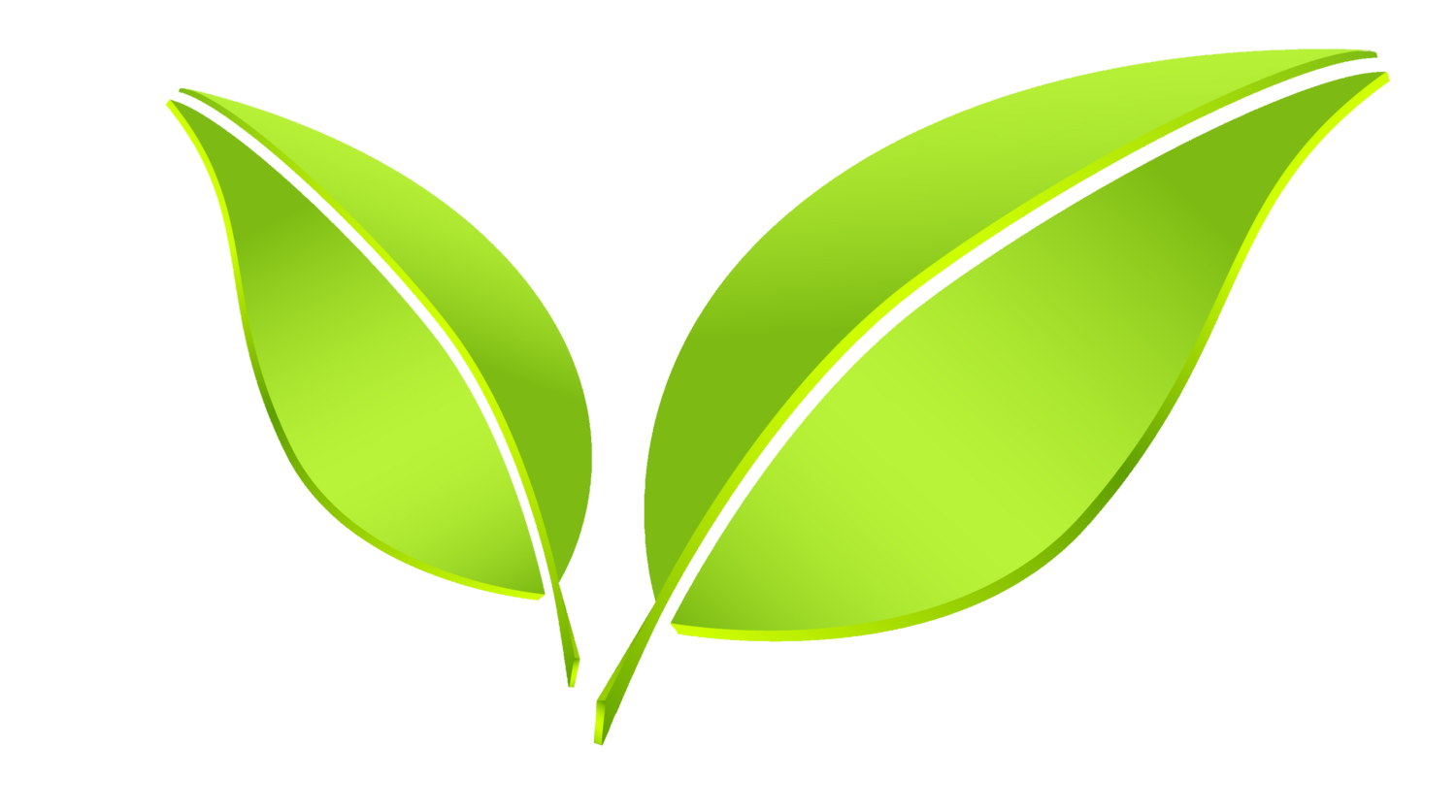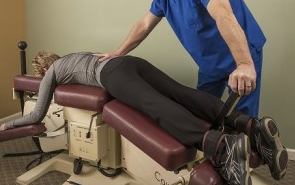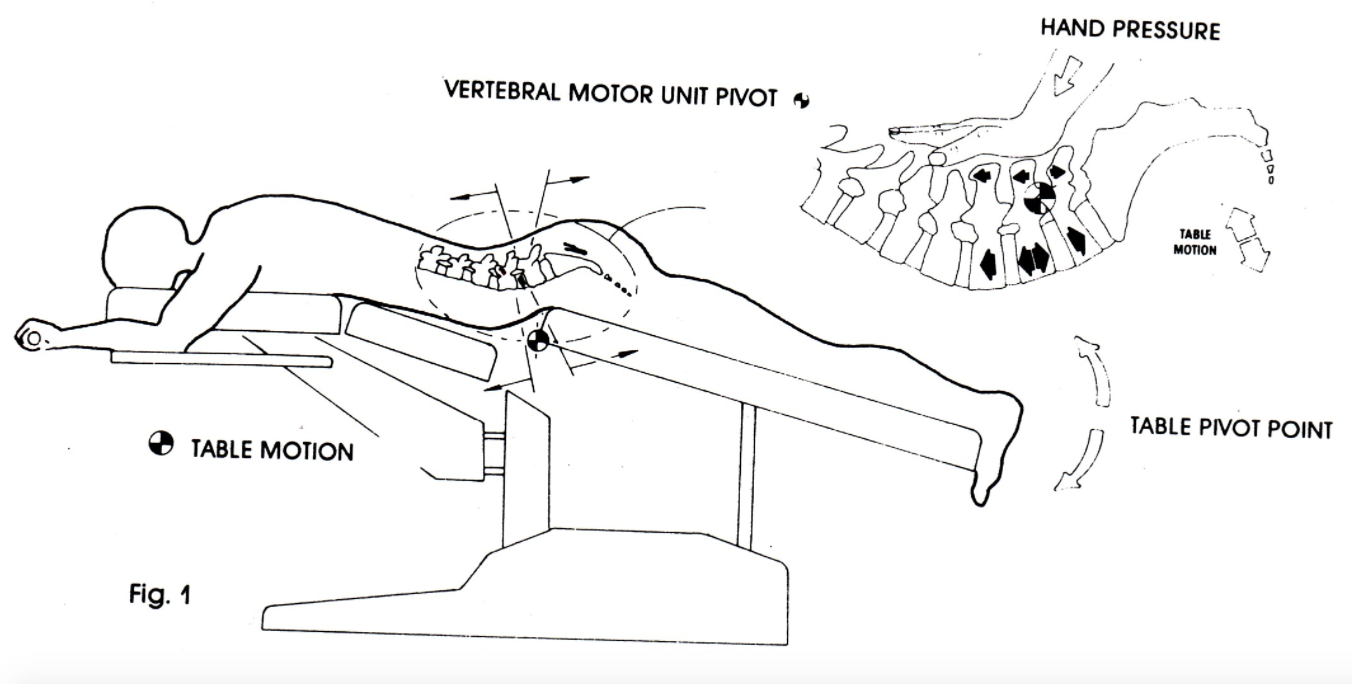PRICING
Dr. Steve’s pricing is based on time spent with you and not based on specialized codes and upcharges. He does not have different prices for different types of care. Chiropractic, Acupuncture, Myofascial, Body Work, Dry Needling, Taping, Cupping, etc - is all charged at the same rate.
INSURANCE:
Currently, Dr Steve only accepts United Healthcare & Medicare. As these insurances will not process or pay for more than one unit of care (15 min), if your visit goes longer than 15 min, the remaining time will be billed at the non-insurance rate. As both of these insurances discount the initial 15 min to less than our non-insurance fee - you will never be charged more than that amount.
We still accept Motor Vehicle, Personal Injury, and/or Workers’ Compensation Accident cases, but require full payment per the non-insurance rate at the time of service. You will need to be reimbursed through the responsible party, company, accident policy, or attorney.
NON-INSURANCE / Out-of-Network Fee
15 Min - $50 30 Min - $90 45 Min - $140
MYOFASCIAL THERAPY
Myofascial therapy has been used classically by physiotherapists, chiropractors, naturopaths, and acupuncturists for centuries. The general idea / purpose is to get the soft tissue (skin, fascia, muscle, tendons, ligaments) to move more freely to improve overall function, motion, circulation, and pain reduction. Tissue that doesn’t move well leads to thickening (like a callus), degeneration, trauma, inflammation, and pain. The most common types of myofascial work are by hand (Manual Therapy, Massage, Myofascial Release) or with a tool (cupping, taping, scraping, guasha, Graston, IASTM, etc). Anyone who had myofascial release five or ten years ago knows that it use to be painful and leave large bruises as it was thought that we needed to “break up adhesions” by pushing and scraping the tissues harder. This notion has been proved antiquated by multiple research projects using diagnostic ultrasound imaging as well as years of clinical results showing milder forms of therapy are effective. While most myofascial therapies focus on the compression of the tissue by the use of rigid tools (and yes we do some of this as well), cupping and taping focus on lifting the skin to help mobilize the tissue underneath. Think of it as having static cling of your pants to your leg. You can rub the fabric over your leg to discharge the energy and release the “adhesion”, or you can lift the fabric and shake it to release the “adhesion”. While not exactly the same, the concept is similar. Lifting, and sometimes compressing, the tissue gently helps restore normal movement of the skin as it attaches to the underlying soft tissues.
We have been using kinsiotape, cupping, and fascial scraping tools (IASTM) since 2002, and are still amazed at the benefits we see every day. That being said, this should be a short-term therapy to help get your healing back on target. If you find you are consistently having to tape, massage, foam roll, or mobilize your soft tissue repeatedly to “keep going”, you have a larger underlying problem that needs to be resolved - or you will never escape the vicious cycle of soft tissue management.
MERIDIAN THERAPY
(aka Acupuncture & Dry Needling)
While meridian & acupuncture (MA) treatments generally focus on the general balance of the meridians and qi to help improve a specific condition or overall general well-being, our clinic focuses more on the specific treatment of pain and conditions related to the spine, joints, discs, nerves, muscles, tendons, and ligaments (Orthopedic & Chiropractic type conditions). This style of care is a blend of traditional acupuncture styles and more modern styles often referred to as Dry Needling or Ashi Acupuncture. Our goal is to use MA techniques to help restore neurological balance in the body, which in turn restores normal function to the supporting structures and tissue. When the right diagnosis and treatments are administered, changes can occur rapidly.
Our success rate derives from the fact that we utilize methods of evaluation and administration of acupuncture that focus on the impact MA has on the neurological and mechanical function of the body. Dr. Steven Vanden Hoek, DC, MTAA, FASA has blended a variety of acupuncture styles (German, French, Japanese, Taiwanese, Korean, and American) with Kinesiology, Pulse Diagnosis, and Orthopedic & Dry Needling techniques to create a unique one-of-a-kind treatment here in the St. Louis area.
If you have had acupuncture in the past, chances are this will be different. Many local providers will have patients in quiet rooms with soft music and low lighting for up to an hour to help nurture a feeling of relaxation. Our treatments are done in a more medically oriented therapy room and only last from 5 min to 20 min as our techniques are focused on neurological and muscular balance, and not as much the classic meridians. If saving time and getting results are important to you - then let us show you how our unique evaluation and individually tailored treatments can provide the needed support that you haven't been getting from other sources. Scroll down to learn more about the different techniques often used in our clinic.
Classic Needling
Needling is a term used to distinguish the treatment of trigger points (focal muscle spasm) with the use of an acupuncture needle from that of the treatment of a trigger point with an injection of Rx medication by a MD/DO. Like acupuncture, the trigger point - aka a “knot” or “tight band” or “taught muscle” - is treated with the use of a thin filament (acupuncture) needle. Often times the area treated correlates with a well-established acupuncture point, while other times it relates to a lesser-known secondary point or no charted acupuncture point at all - but merely a local region of irritation. While this is one of the oldest techniques used in acupuncture and is sometimes referred to as Ashi acupuncture, the term Dry Needling was established by MD’s and PT’s to help clarify to the public that this technique is for the treatment of the muscle and not classic acupuncture points.
While very effective, this tends to be one of the more uncomfortable styles of therapy as it generally requires irritation of the area by turning and alternating the depth and angle of the needle at the site of the problem to acquire the desired results. Most patients begin to notice a decrease in muscle tension following their first treatment.
Auricular Therapy / ASP
Auricular (Ear) Therapy is a general term used to describe the use of the ear as the primary area of treatment for the rest of the body. This style of acupuncture is also referred to as Imaging as an image of the entire body can be overlaid onto the ear - and the area of the problem can be treated via the ear. While this sounds odd, this technique was first developed by the French, and later fine-tuned by the Chinese and Germans. The direct one-to-one correlation of the site-of-problem to the location of the treatment point allows for quick treatment. This style has been adopted by the US military as a quick and effective way to treat soldiers on the battlefield with the use of temporary needles placed in the ear which then allow the person to continue about their duties.
About half of the patients receiving this type of therapy complain of a temporary discomfort at the site of needle placement, the discomfort resolves within seconds to just a few minutes.
Electrical Acupuncture
Electrical Acupuncture is an excellent tool for the treatment of joint and nerve pain, as well as local inflammation and swelling. This technique is used for conditions like sciatica, tennis elbow, osteoarthritis of the knee, foraminal stenosis pain, or pain from bulging or herniated discs. While this may seem like one of the most uncomfortable forms of therapy, it is actually quite pleasant and one of the most relaxing styles as the patient generally lays or sits for upwards of 20 min while getting therapy designed to calm the nerves and local tissues.
CHIROPRACTIC
While many different types of therapy are available, Dr. Steve often combines techniques he feels are safe and most likely to speed your recovery. While these are not all the approaches Dr. Steve may use, this will help you get a feel for his general approach. As always, if there is any type of Chiropractic you would or wouldn’t like to have performed, please let Dr. Steve know so he can better assess the appropriateness of your request.
Diversified Technique
The standard in chiropractic manipulation, diversified is the standard approach of pressing, twisting, and "cracking" joints through the use of the Doctor's hands. This is the universally taught method of adjusting that virtually all Chiropractors learn.
While many patients love this method due to its almost immediate sense of relief, many patients find it too aggressive, or have conditions that make it unsafe to use. For these patients we offer several other styles of adjustments.
Logan Basic Technique
Hands down, one of our Doctor's favorite methods of treating patients. Logan Basic is a style created by Dr. Hugh B. Logan, founder of Logan College of Chiropractic in St. Louis, MO. Through the use of leverage and low force torque, the Doctor is able to relax the muscles in the spine, thus allowing for movement of the vertebrae with only slight pressure.
This style is fantastic for those in spasm, severe pain, surgical fusions, infants, those with stroke risk, or osteoporotic bones. Both Dr. Steve and Dr. Gerald have incorporated this method since the day they opened their clinic with tremendous results.
The only downside is ~ time. While this is a fantastic approach, due to the finesse it requires, and the mild movement achieved, many patients find it may take several additional visits to achieved their desired relief. That being said, we almost always incorporate this treatment with our other techniques as it tends to have a much more lasting affect than many other methods.
Cox Flexion / Distraction Technique
Disc injuries, spastic lower back muscles, and scoliosis respond well to this style care. Developed by an Osteopathic Doctor (Dr. Cox), the Cox Flexion / Distraction method has become the gold standard in traction therapy for patient with disc injuries, herniations, and ruptures. By gently flexion, and distracting the lower back, we are able to create a pumping mechanism which slowly takes pressure off the disc, associated nerves, and surrounding tissue. This pumping motion helps re-hydrate the disc and improve blood flow to the region, thus enhancing recovery. While not used on every patient, those with lower back pain find this a gift sent from heaven.
Drop Table Technique
While this treatment is loud (as pieces of the table are slightly lifted about 2" and then pushed down - thus making a booming noise), it is rather gentle - and effective. The quick dropping of the table piece creates a very mild sheering affect to the joint being treated. This maneuver is similar to a carpenter tapping in a nail with a hammer. As each move is slight, it often takes 2-4 times to get proper movement in the joint, but prevents muscle strain and pushing which is often to painful during acute situations. This mild action allow for maximal movement, with minimal strain to the surrounding soft tissue. Sometimes a series of drops are made to ensure full movement of the joint.
Activator / Impulse Adjuster Technique
An activator is a hand held mechanical adjusting tool designed to place a very controlled and focused thrust to a very small area. The Doctor has complete control of the amount of pressure and location of the instrument, thus providing a very specific desired result. Much like Logan Basic Technique, this method is usually very gentle, but requires more visits to achieve desired results due to the reduced force being applied to the area of problem. This technique is great for those scared of other techniques, or who have health conditions that require a lighter touch.
The Impulse Adjuster is a electric hand hand version of the mechanical adjusting tool with three different levels of force, three different tips for varying joint types, and between one to seven rapid movements, the Impulse Adjuster is a fantastic tool for when the more traditional methods just don't seem to work.











